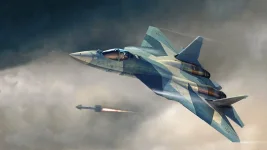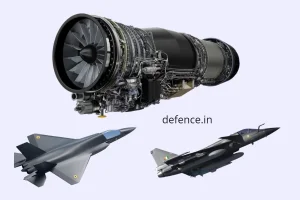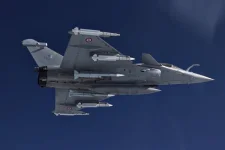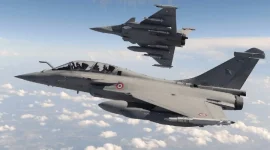- Views: 2K
- Replies: 15
The Indian Air Force (IAF), responsible for safeguarding some of the world's most complex airspace, is confronting significant challenges stemming from its highly diverse fleet of fighter jets.
Operating seven different aircraft types sourced from Russia, France, the UK, and India – including MiG-21s, Su-30MKIs, Mirage 2000s, and Rafales – has created substantial logistical hurdles.
This variety, a result of decades of varied procurement strategies, impacts maintenance, training, and overall operational efficiency.
Currently operating with 31 squadrons against a sanctioned requirement of 42, the IAF faces pressure to modernize and streamline. Recent incidents involving older aircraft and difficulties sourcing spare parts have highlighted the drawbacks of managing such a varied inventory.
Experts suggest that the complexity strains resources and hinders the force's ability to maintain peak combat readiness, especially when compared to neighbours potentially fielding more uniform air fleets.
The reliance on multiple international vendors for spares and support further complicates maintenance, often leading to delays and increased costs.
The wide range of aircraft currently in service includes platforms varying significantly in age and capability. Veteran aircraft like the MiG-21 (over 50 years in service) and the Jaguar (around 45 years) still perform specific roles, while the bulk of the multirole capability rests with the Su-30MKI, supplemented by the more recently acquired Rafales.
Indigenous aircraft like the Tejas Mk1A and the upcoming Tejas MkII add to the mix. Critically, each type uses a different engine, creating a complex maintenance and supply chain environment that consumes considerable resources.
To address these issues, a strategic shift towards greater commonality within the fleet is being strongly considered. The proposal focuses on reducing the number of fighter jet types to potentially three or four main platforms, ideally sharing engine families to cover the spectrum of operational needs – from light combat roles to high-end air superiority and deep strike missions.
This approach aims to simplify logistics, reduce long-term costs, and significantly improve aircraft availability and mission readiness.
The envisioned future fleet structure centres on indigenous platforms, leveraging advancements in Indian aerospace technology. The Tejas Mk1A is set to fulfil the light fighter role, replacing older types like the MiG-21. For the medium multirole category, the Tejas Mk2 is planned, intended to succeed aircraft like the MiG-29 and Mirage 2000.
The high-end capability would be anchored by the indigenous Advanced Medium Combat Aircraft (AMCA), a next-generation stealth fighter projected to eventually replace the Su-30MKI fleet. A limited number of Rafale jets could be retained for specialized strategic roles during the transition.
A key element of this rationalization strategy is engine commonality. The GE F404 engine powers the Tejas Mk1A, while its more powerful variant, the F414, is slated for the Tejas Mk2 and the initial version of the AMCA. This synergy is expected to drastically reduce the complexities associated with spares inventory, maintenance procedures, and technician training.
Future versions of the AMCA are planned to use a more powerful indigenous engine currently under development, furthering India's self-reliance in critical defence technologies.
Adopting this streamlined structure could allow the IAF to achieve its goal of 42 operational squadrons by the 2040s, potentially composed largely of Tejas Mk1A, Tejas MkII, and AMCA squadrons, possibly supplemented by Rafales.
Proponents estimate this consolidation could cut logistics-related expenditures significantly and boost the typically low serviceability rates seen in parts of the current fleet.
Ultimately, a leaner, more homogenous fleet is anticipated to enhance the Indian Air Force's operational effectiveness and strategic defence capabilities for the future.




